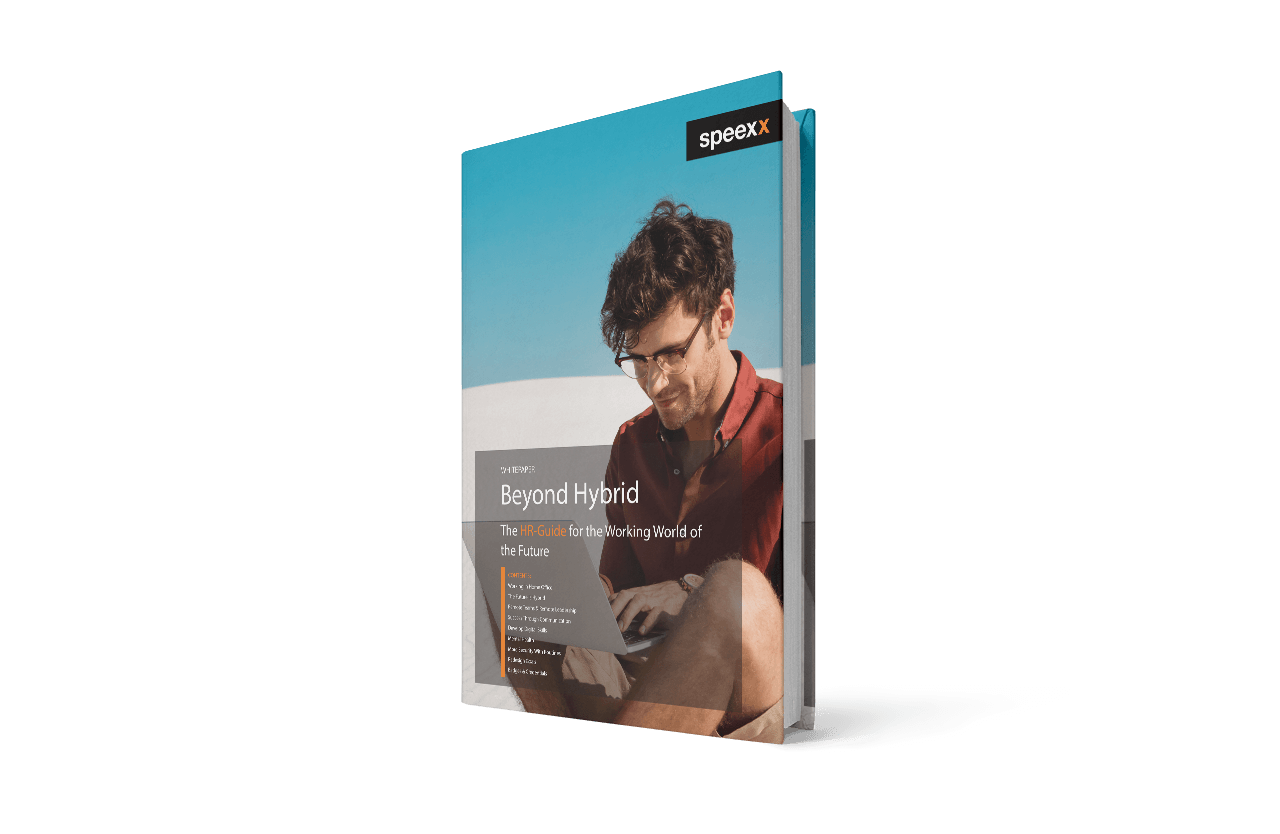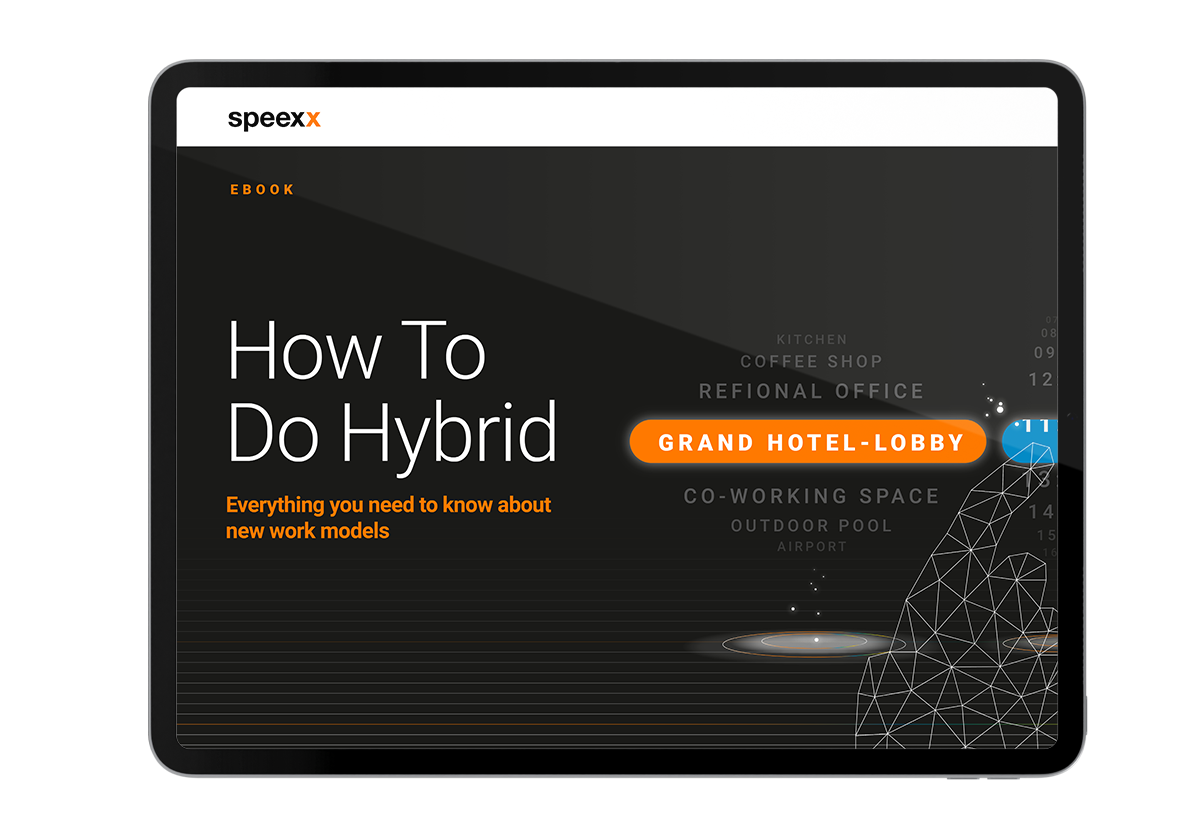Is your organization prepared for hybrid readiness?
Sure, in recent years, no employer has been able to avoid terms like hybrid, remote, and virtual. Employment contracts have changed. Office space has been reduced. Employees can, in theory at least, enjoy more flexibility – often through hybrid working models.
But is your organization actually prepared for hybrid readiness? And what about Learning and Development? Are training opportunities keeping pace with this shift?
Now more than ever, as the world of work continues to transform, the demand for upskilling and reskilling is growing. It’s vital that learning doesn’t fall by the wayside – it must be designed for the future. In this article, we explore what hybrid readiness means for HR development.
What Is Hybrid Work and What Challenges Does It Pose?
Some teams work fully remotely. Others are required to be in the office every day—either due to the nature of their work or the company’s culture. Then there’s a third group: employees working in a hybrid model, combining remote work with regular office attendance.
According to a 2024 study by Owl Labs, more than half of respondents work in a hybrid setup. In contrast, only around 30% of employees work exclusively on-site.
There are several forces driving the shift to hybrid work: new technologies like Microsoft Teams and Zoom, a growing social emphasis on work-life balance, and of course, the pandemic as a key catalyst.
Hybrid working brings clear benefits—greater flexibility, increased productivity, and access to a global talent pool. But implementing a hybrid model also presents challenges. Many employees report feeling isolated, and informal learning moments—once a staple of office life—often disappear.
Managers must find new ways to foster coordination and build trust as part of developing hybrid readiness, while team communication undergoes a fundamental shift.

Your guide to successful hybrid work implementation.
Challenges for Hybrid Readiness in Learning and Development
As work increasingly shifts to hybrid and virtual environments, so too does in-company training. The focus is changing—synchronous learning formats are giving way to asynchronous approaches that offer greater flexibility.
For L&D professionals, this shift requires strong didactic expertise in hybrid learning environments. Different learning styles and individual paces must be accommodated, along with the right combination of tools, formats, and support structures.
At the same time, a solid technological foundation is essential. All employees need sufficient digital skills to participate effectively in hybrid learning. And just as importantly, organizations must be able to detect early signs of digital overload and take proactive steps—before it leads to serious fatigue or disengagement.
New Roles and Formats for HR Development in the Hybrid Reality
In the hybrid workplace, HR and L&D professionals are increasingly stepping into the role of learning facilitators. Rather than delivering traditional lectures, they curate content, guide digital learning processes, and actively foster interaction and peer exchange. The result is a more collaborative learning experience—one that builds community and encourages shared growth.
This evolving role requires an expanded skill set. Media fluency, platform know-how, and an instinct for digital engagement are essential, as is data literacy. After all, only those who can analyze learning progress using data will be able to continuously refine and personalize learning experiences in a meaningful way.
The digital tool proficiency mentioned above is a key lever for embedding innovative learning formats and models within an organization. These include microlearning—short, focused learning units that can be easily integrated into the workday.
Learning sprints, inspired by agile project methods, are time-bound learning phases designed to achieve a specific goal.
Then there are learning circles: small groups that engage in self-organized, regular peer learning. This format encourages both exchange and reflection, supporting a culture of continuous development.
Peer learning—where colleagues share their knowledge—and social learning—learning through digital social interaction—both contribute to a dynamic and practical learning culture. They enable informal learning where it’s most effective: directly within the work context.
AI-powered systems further support this approach by personalizing learning journeys. These technologies analyze learning behavior and adjust both the content and difficulty level to align with each employee’s goals and existing skill set.

Hybrid Readiness for L&D – What Should You Do?
So, what can HR and L&D professionals do to make sure their learning programs are hybrid ready?
1. Strategic Considerations
The first step is aligning with the broader corporate strategy and core HR objectives. Learning initiatives can only be effective when they support the organization’s overarching goals and direction.
Within this strategic framework, a clear and consistent learning strategy—designed specifically for hybrid environments—can be developed. This strategy should build on existing structures and processes while remaining adaptable.
At the same time, it’s useful to launch small-scale pilot projects. These offer valuable insights and feedback that can inform the ongoing development and eventual scaling of hybrid learning programs.
2. Organization and Processes
The next step in ensuring hybrid readiness is to enhance the technological infrastructure, ensuring that all relevant platforms and tools integrate smoothly. Achieving this requires close collaboration between HR, IT, managers, and L&D teams. A truly effective learning ecosystem can only emerge when all stakeholders think and operate in a connected, coordinated way.
It’s also crucial to appoint a central point of contact responsible for managing and advancing digital learning environments. This role ensures alignment across strategic, technical, and instructional priorities.
Ongoing dialogue with all stakeholders—especially learners—is essential. Regular feedback enables continuous improvement of both content and formats, helping to make the learning experience more impactful and sustainable.
3. People and Culture
The human element is a central factor in the success of hybrid learning. Managers play a particularly important role: when equipped with the right skills as learning facilitators, they can actively guide, motivate, and support their teams—while fostering individual learning journeys
In the long term, the goal should be to evolve into a true learning organization—one where a strong learning culture is not only embraced but also measurable. This requires trust in the process, space for growth, and an open mindset toward failure.
After all, learning thrives in environments that encourage experimentation and actively support continuous development.

Learn how to do hybrid right.
Hybrid Readiness: Start Small, but Start Smart
L&D plays a pivotal role in shaping hybrid transformation. The ability to rethink learning and design it flexibly is becoming a critical success factor for organizations.
Hybrid readiness isn’t a one-off initiative—it’s a continuous process that demands ongoing adaptation and development.
Now is the time to act. By starting small but planning strategically, you can lay the foundation for a sustainable learning culture that grows with your organization.
